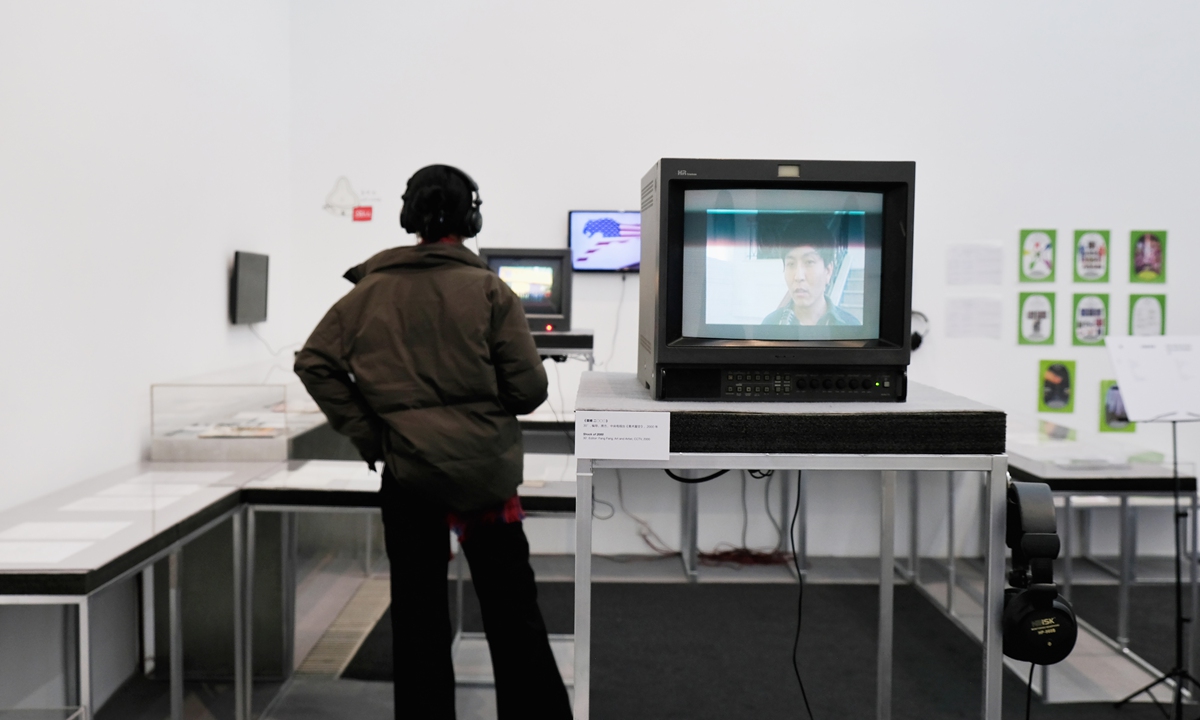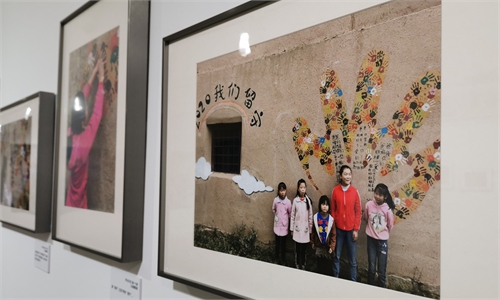ARTS / ART
New exhibition focuses on creative visualization of art documents and research

Photo: Courtesy of Taikang Space
An exhibition held in Beijing consisting of seven independent sections arranged by seven curators and researchers from the academic team at the Taikang Space kicked off at the art organization in Beijing on December 10.
As the year 2020 marks the Art Documents Year, the space hopes to discuss the perception of archival material as well as its new understanding of its definition and extension in the context of new media and technological changes.
Based on the team's own research interests, the An Archive: Seven Trails exhibition explores issues such as Chinese films in the 1930s, labor and friendship and manuscripts from photographers with a focus on the visualization of art documents and research.
The "Labor and Friendship" section explores its theme through a series of album and related literature that transcends time and space.
According to an introduction to the section, labor is recognized as one of the origins of art and a common theme in art creation and news reporting. When labor is expressed in different cultural contexts as the target of observation, various symbolic relations among workers and between workers and the labor environment will emerge, and friendship is one of these.

Photo: Courtesy of Taikang Space
The image of workers and farmers is the main body of labor in Chinese fine arts and photography. With different types of real labor involved, artists produce their own artistic expressions according to the characters, themes, scenes and media in their works.
Using classic films as an archive, how can we penetrate barriers and initiate new discussions? The section "Retrieve, Retake, Reinterpret: Film as Archive" serves as a prelude to answer these questions.
The section features Scenes of City Life, directed by Yuan Muzhi and shot by Wu Yinxian. Released in 1935, it was the first Chinese musical comedy film. With multiple storylines set in Shanghai in the 1930s, it was an absurd story nested within scenes where the leading characters watch a peepshow at the start and end of the film. In the film, the plots and scene design discuss important issues that existed in 1930s Shanghai.
The exhibition is set to end in February 2021.

